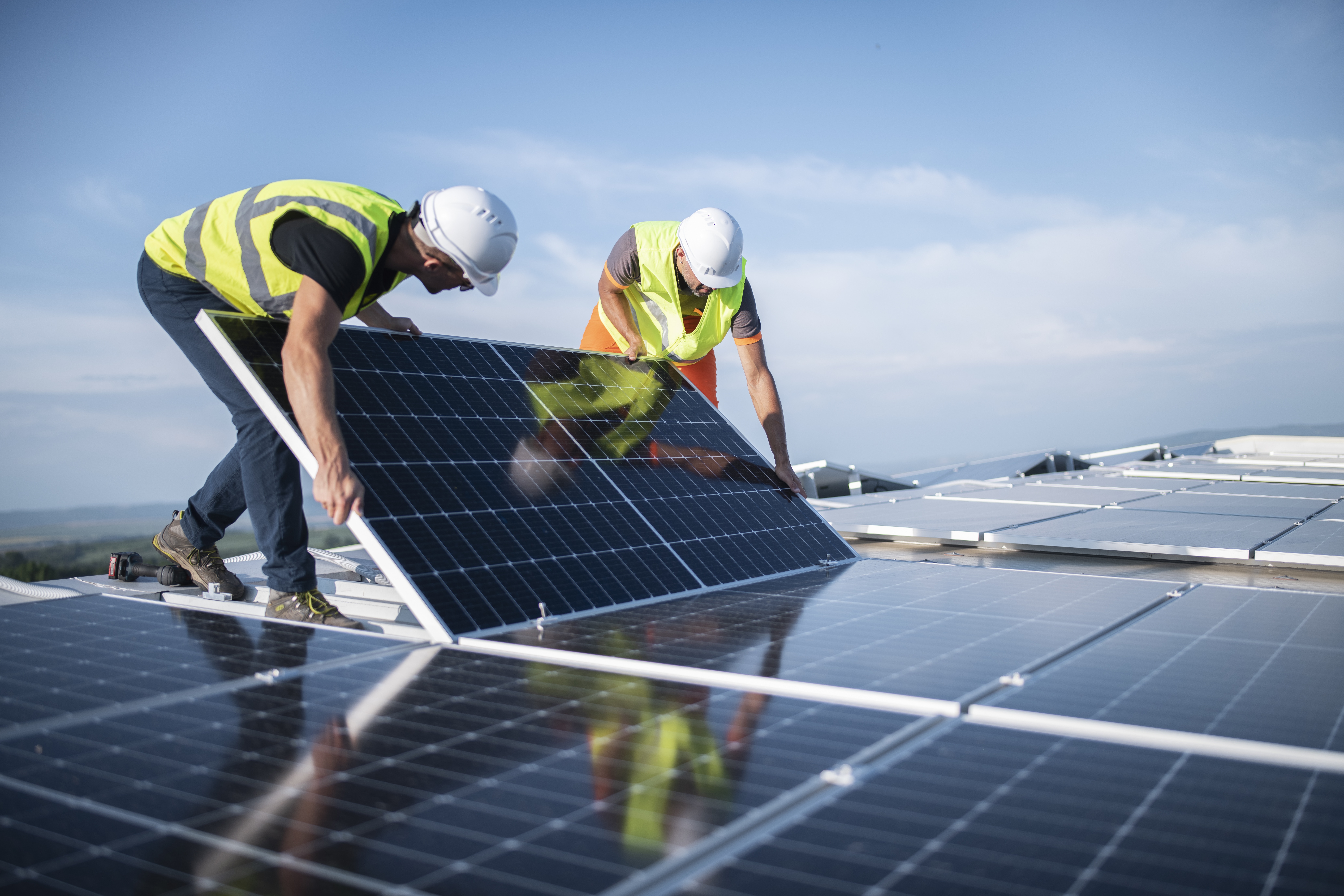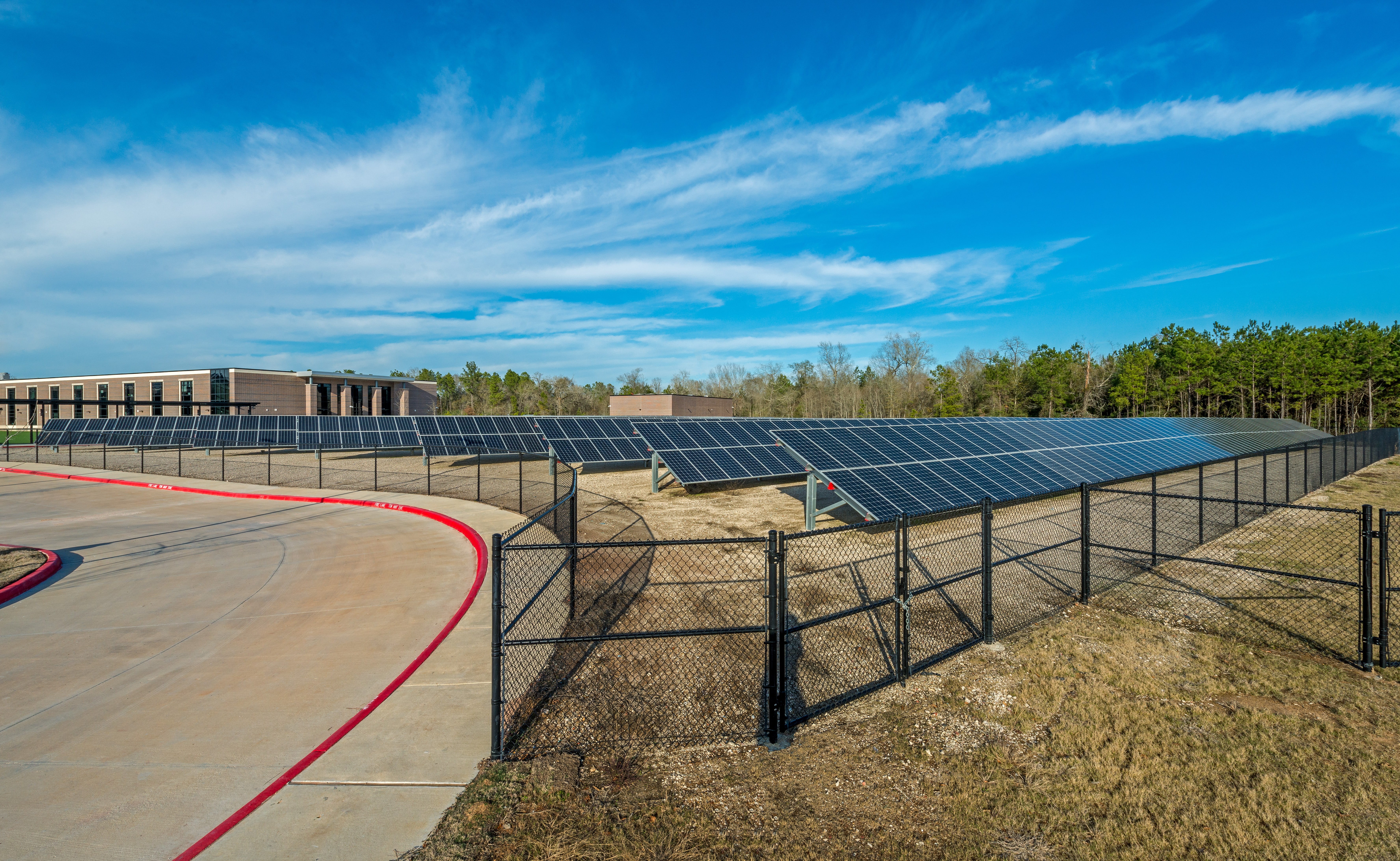Carbon Monoxide (CO), an odorless, colorless byproduct of gas-fired heating equipment, is a toxic gas that leads to serious and potentially lethal health issues if allowed to accumulate within any building. If your facility includes natural gas furnaces, boilers, water heaters, and/or roof-top heating and air-conditioning units equipped with gas heat exchangers, there could be a risk of CO exposure.
Remember: NEW does not mean SAFE. Despite the risk, most current building codes do not require carbon monoxide detectors in commercial and institutional facilities. New boilers connected to old chimneys or flues are especially at risk for CO release as modern, high-efficiency boilers have different ventilation needs compared to older equipment.
STEPS FOR SAFETY
1) Perform an air quality test to identify potential unsafe concentrations of CO.
2) Inspect all boiler rooms and water heater rooms for properly sealed walls, floors and ceilings.
3) Review the mechanical design and inspect the physical integrity of all heat exchangers, gas flues, and boiler breeching systems.
4) Under the supervision of a design professional, install CO detectors with emergency control interlocks to shut down gas-fired equipment, notify authorized personnel and immediately evacuate the building upon unsafe build-up of CO.
5) Establish a maintenance and operations program to monitor, measure and protect your facility from potential CO poisoning on an on-going basis with semi-annual inspections.



